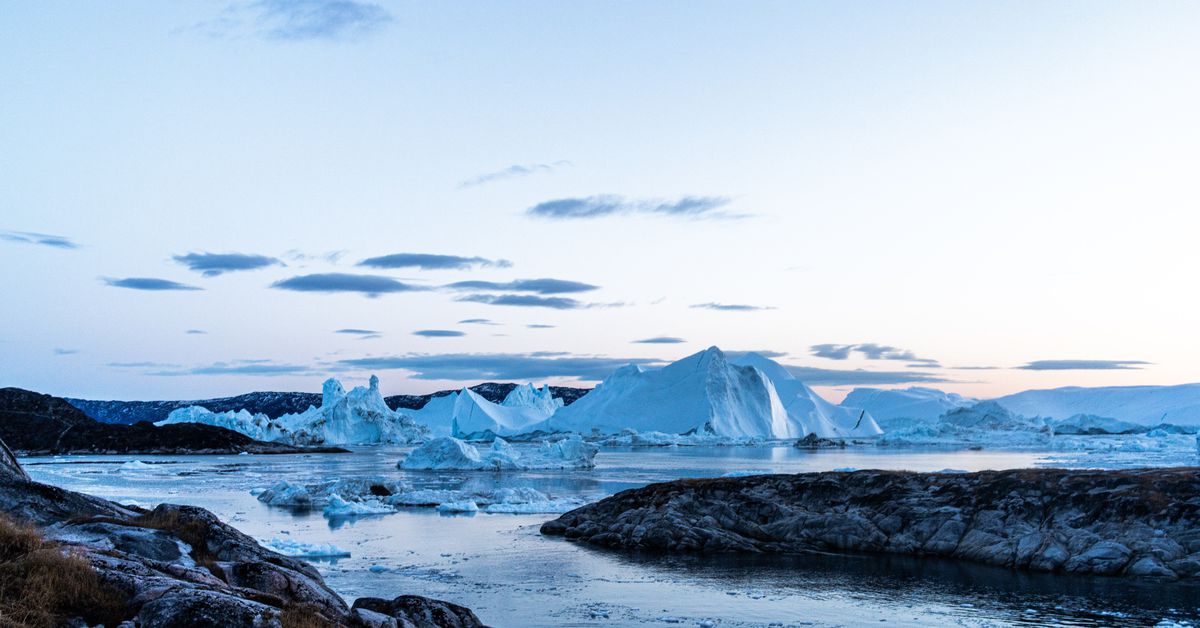2020 ranks among the hottest years on record, several science agencies said today. NASA said that 2020 shares the top spot with 2016, following a similar determination by the European Union’s Copernicus Climate Change Service last week. The World Meteorological Association (WMO), National Oceanic and Atmospheric Administration (NOAA), and UK Met Office all released figures putting 2020 within the top three warmest years recorded.
They all agree that 2020 continued a trend of climbing temperatures, which is changing what’s considered “normal” on our planet. The warmest six years in recorded history have all taken place since 2015. We just climbed out of the hottest decade on record, and it already looks like the decade ahead will get hotter.
“We can basically expect more of the same,” says Gavin Schmidt, director of NASA’s Goddard Institute for Space Studies. “We’re not going back to temperatures in the 1980s.”
Each agency uses its own methods to come to independent conclusions, which is why there are slight differences. But the differences between the three hottest years — 2020, 2019, and 2016 — are “indistinguishably small,” according to the WMO, which incorporates findings from regional agencies to make its call.
NASA tends to land at slightly higher global average temperatures than other agencies. That’s because it uses readings from nearby weather stations to estimate temperatures across regions with limited data collection — like the Arctic. That’s significant because the Arctic has warmed at a rate more than three times faster than the rest of the globe since 1970, according to NASA. So including more of the region into its global analysis gives NASA a more comprehensive perspective. It corrects for a “cold bias” that can affect other data sets that are missing figures from the Arctic.
What was even more alarming about 2020 compared to previous years was that it was exceptionally hot despite a La Niña event, which typically has a cooling effect on the planet. Had a La Niña not developed toward the end of last year, 2020 might have won the title for hottest year on record hands down.
The world as a whole in 2020 was about 1.2 degrees Celsius hotter than it was from 1850–1900, the preindustrial period that’s considered a baseline. The goal of the Paris climate agreement is to keep warming well below 2 degrees Celsius in order to prevent the most severe effects of climate change.
Climate-related disasters, however, are already here. “A small increase in the global temperature can lead to big changes in extreme weather events. We’ve already seen some of those,” says Ahira Sánchez-Lugo, a physical scientist at NOAA National Centers for Environmental Information. The US experienced the most active Atlantic hurricane season and the most active western wildfire season last year.
The world isn’t transforming evenly. Some places are hit harder and faster by climate change because of their unique vulnerabilities. The Arctic, which also experienced unprecedented blazes last year, got up to 6 degrees Celsius hotter in 2020 compared to the average temperature from 1981 to 2000, according to Copernicus. It’s heating up faster in part because warmer weather means less ice and snow to reflect sunlight. Darker surfaces, revealed by melting ice, absorb more heat. And because the world’s seas are heating up faster than land, warmer water is also speeding up change at the sea ice-covered poles.
Similar phenomena take place in other regions with vast shorelines and snowy winters. Take the US Northeast, which is warming at a faster rate than the rest of America and is projected to keep doing so. “It’s important to realize that two degrees Celsius [of warming] globally, means three degrees Celsius warming locally in the Northeast,” says Ambarish Karmalkar, a research assistant professor at the University of Massachusetts Amherst.
We are heading “quite strongly” toward the temperature thresholds set by the Paris accord, says Schmidt. “All of these things are making an impact now on sea level, on all sorts of things that real people are having to deal with right now,” he says. “It’s only going to get worse.”
This article is auto-generated by Algorithm Source: www.theverge.com


